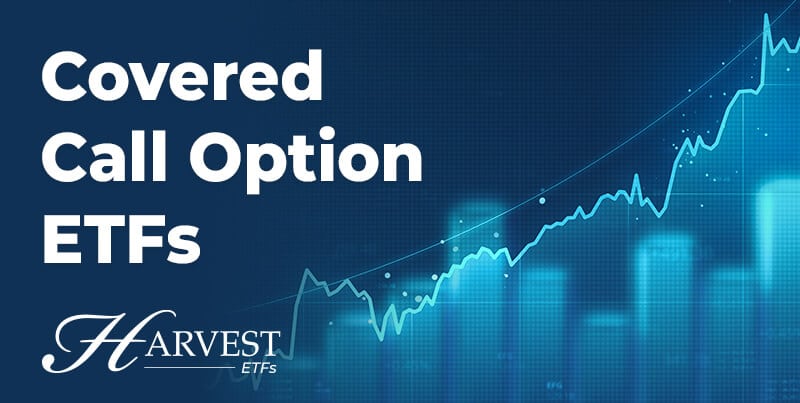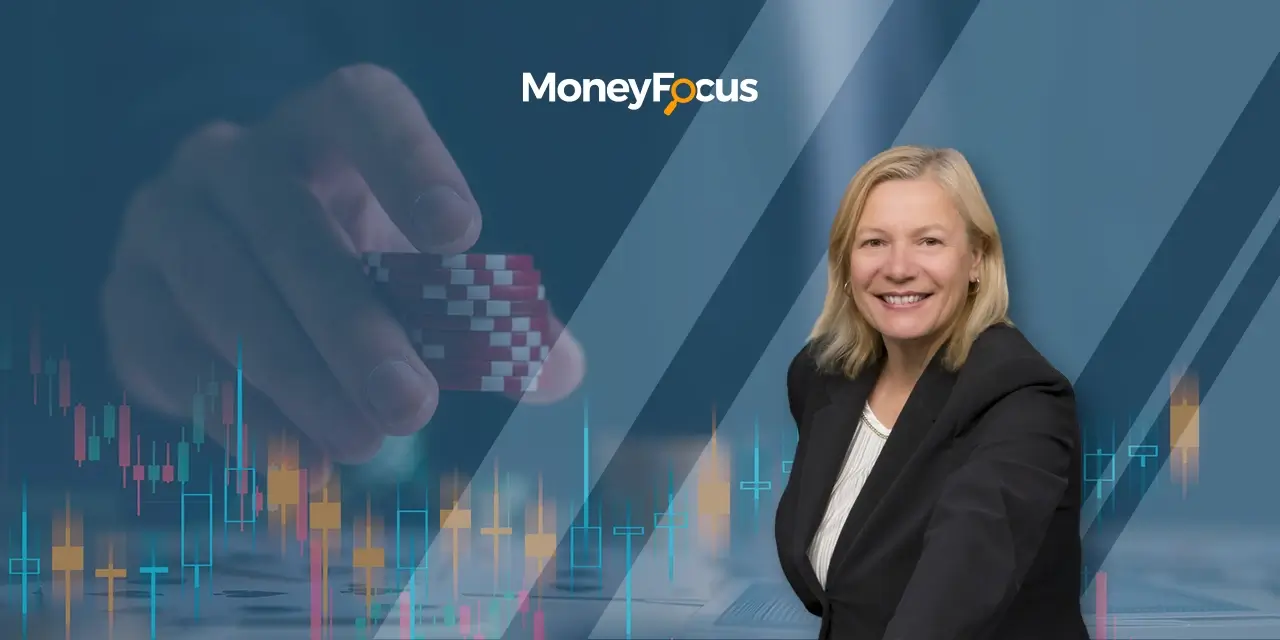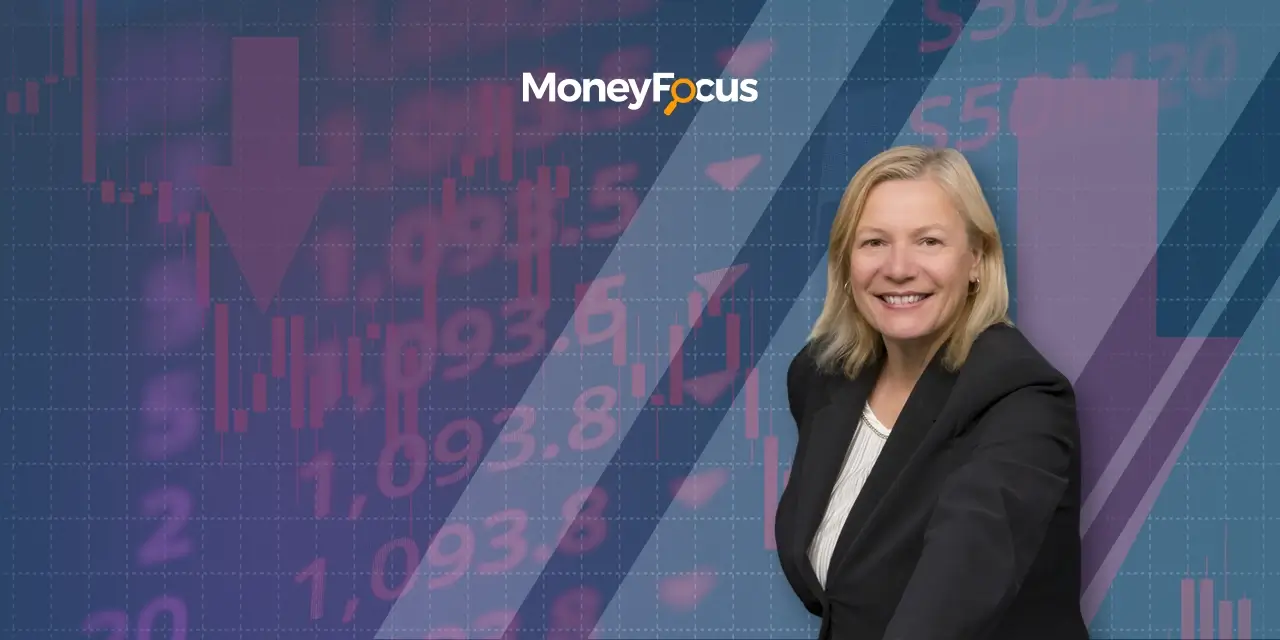This article originally appeared on Moneysense.ca and has been published here with permission. Image by Lifestylememory on Freepik.
Amid the tumult of sharply rising interest rates, stubbornly high inflation and geopolitical risks, stocks have continued to slide. The market rout that began in early 2022 has hit retirees and those saving for retirement particularly hard.
Even bonds, usually thought of as a safe haven for investors, lost their value as interest rates spiked, given the inverse correlation between interest rates and bond prices.
In this environment, investors saving for retirement may want to consider a different approach to boost their income. One strategy that could help is to use a covered call writing strategy. Before we explore that, though, let’s look at the financial instrument the strategy uses: call options.
What is a call option?
A call option is an agreement between two parties that gives the option buyer the right, but not the obligation, to buy a stock at a certain price (the “strike price”), within a specified time frame. The buyer pays a fee, called a premium, to the seller for that right. The seller keeps the fee regardless of what happens later.
The option is “covered” if its seller owns the underlying stock, meaning they can fulfill the contract without having to later buy shares. If the seller doesn’t own the stock, the option is “naked.”
How a call option works
Let’s say you buy a call option contract that allows you to buy one share of a stock at $50 for the next 30 days. You pay the seller a $2 premium to lock in the stock price for that period.
If the stock price rises to, say, $55 during those 30 days, you can “exercise” the option and buy the stock at $50, the original price. Your total cost would be $50, plus the $2 premium—$52 in total—for a stock that’s now worth $55. You can either sell the stock for a $3 profit or hold on to it. Conversely, if the stock price falls to $45, you can let the call option expire without buying the stock. Your only cost is the $2 premium.
Call options can offer a number of benefits to investors, including:
- Income generation:When used in a wrapper like an ETF, the strategy can be a useful tool for higher cash flow. If you invest in an ETF that sells call options on some of its portfolio holdings, it can generate premiums in an up or down market. Those premiums can provide additional income to you, the unitholder.
- Downside protection:A call option strategy inside an ETF also reduces a portfolio’s volatility because the premium protects against the downside. In fact, when implied volatility is higher, premiums are higher too, benefiting a call option seller.
- Tax efficiency:Call options can be a tax-efficient way to generate income. The covered call option premium—cash flow received from writing a call option—is considered a capital gain. Capital gains tax is lower than the tax on interest and on dividend income. So, using covered calls is a tax-advantaged investment strategy.
Call options and investing for retirement
Call options can be a useful tool for retirement investing because, on the one hand, they can provide a way to enhance income and potentially increase returns, while on the other, they provide downside protection during volatile periods.
For investors who want exposure to call options but don’t want to buy or manage them directly, professionally managed exchange-traded funds (ETFs) that use a covered call writing strategy might be the solution.
What is covered call writing?
Covered call writing is a strategy that uses call options to generate additional cash flow from stock holdings.
Call option ETFs, also referred to as covered call ETFs or equity-income ETFs, generate additional income by “writing” (selling) call options on some of the stocks they hold and distributing the premiums to investors. These ETFs can provide high monthly cashflow and tax efficiency, two critical components of a healthy retirement portfolio. Moreover, they do so by reducing loss during market turmoil, thus ensuring peace of mind.
The income generated by covered call options typically involves trading an element of market upside opportunity. If the market rises, the holder of the options contract will exercise their right to purchase, and the ETF won’t participate in some growth. To limit this trade-off, Harvest ETFs limits its options writing to a maximum level of 33% of portfolio holdings and practices active management to ensure as much of the portfolio is exposed to potential upside as possible.
Harvest ETFs offers several call option ETFs. Its portfolio managers generate tax-advantaged income from stocks coupled with a covered call option writing strategy that offers risk-adjusted returns. By using an active and flexible call option strategy, Harvest builds high-yield ETFs that pay monthly distributions while remaining exposed to market growth opportunity. (Read more about Harvest ETFs.)
While capital appreciation is good, reliable cash flow should be the ultimate goal of retirement planning. With covered call ETFs, you can have the best of both worlds. Investing in ETFs that hold call options is not without risks, however, so it’s prudent to do your research and speak with a financial professional before making any investment decisions.












